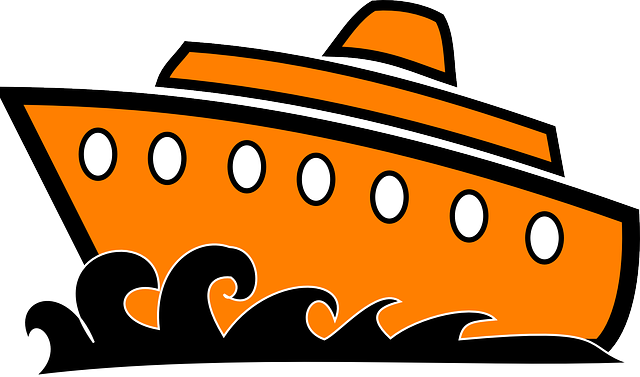Search
Can an employee, stranded on a quarantined cruise ship, take FMLA? #Coronavirus

Image by Clker-Free-Vector-Images from Pixabay
I’m a little late to the employment law blogger party where we fearmonger about Coronavirus and what employers should do about employee travel.
I planned to take a pass on that.
But, then I read this article on Bloomberg about a cruise ship that can’t dock anywhere because of fears of Coronavirus on board and this tweet asking if it’s ok to fire an employee that is stuck on that ship. And since I’m sort of an authority on this issue, given my Pulitzer drunk engaging post a few years ago about the Family and Medical Leave Act and getting quarantined in an Ebola tent, I’m offering my two cents now.
Determine FMLA eligibility first.
First, we need to make sure that your employee is an eligible employee under the FMLA. That means checking three boxes:
- The employee must have been employed with the company for 12 months, and
- The employee must have worked at least 1,250 hours during the 12 months before the start of FMLA leave, and
- The employee works at a location at which the company employs 50 or more employees within a 75-mile radius of the worksite.
Does your employee have a serious health condition?
If your employee is eligible to take FMLA, the next question is whether s/he has a “serious health condition.” Someone with Coronavirus more than likely has a serious health condition under the FMLA. Duh!
But, what if the employee is stuck at sea on a boat with someone else that may have Coronavirus?
It depends, said the lawyer.
The FMLA regulations specify that a serious health condition is an illness, injury, impairment, or physical or mental condition that involves inpatient care or continuing treatment by a health care provider. Inpatient care is an overnight stay in a hospital, hospice, or residential medical care facility. The “continuing treatment” test for a serious health condition under the regulations may be met through “any period of absence to receive multiple treatments by a health care provider…for a condition that would likely result in a period of incapacity of more than three consecutive full calendar days in the absence of medical intervention or treatment.”
If one or more doctors must observe your employee overnight on the cruise ship as a precaution. That could be the functional equivalent of inpatient care.
Or, suppose that as a further precaution, doctors observe your employee several times while the ship is at sea to eliminate the possibility that s/he has Coronavirus. That could be “continuing treatment.”
But does your employee on the ship actually have an “illness, injury, impairment, or physical or mental condition” if s/he shows no signs of illness? Rather, the quarantine is merely a precautionary measure.
Sadly, I didn’t get much help from Lexis when I searched for the terms “FMLA” and “quarantine,” except to learn that these situations can be very fact-specific. And could someone argue that forced quarantine is the functional equivalent of an impairment? Maybe.
So where does this leave us?
Follow the rules.
If your employee is stranded on that ship with FMLA left to use, at a bare minimum, provide that employee with an FMLA notice of rights and ask that employee to return a completed medical certification. Hopefully, you’ll have enough information to determine whether the leave is for an FMLA-qualifying reason. If you designate the time as FMLA leave, the leave is unpaid. However, if the employee has paid time off left in the bank and requests to be paid while on FMLA (or you require that employees run PTO concurrently with FMLA), then pay the employee.
And don’t forget to require a fitness for duty certification as a condition of return to work. Even, if you don’t designate the leave as FMLA qualifying, it may be prudent to get medical clearance before allowing that employee to return to work.
For more on FMLA and non-cruise-ship-related Coronavirus considerations, check out my buddy Jeff Nowak’s post at FMLA Insights.
 The Employer Handbook Blog
The Employer Handbook Blog


